Can You Dribble After Jumping?
If you’ve ever watched kids play basketball for the first time, you’ll see a lot of creative moves—some impressive, some… less so. One common question that pops up is: can you dribble after jumping? It’s a fair question because in the heat of the game, players often leap with the ball in hand, unsure of what comes next. At Zenith Basketball Academy, we treat these moments as golden teaching opportunities.
The Straight Answer
No—you cannot dribble after jumping if you’ve already stopped dribbling. Once you’ve picked up the ball and lifted your feet off the ground, you must either pass or shoot before landing. If you land without doing so, it’s considered a violation, often called a “travel” or “up-and-down.” However, if you’re mid-dribble and you hop slightly while bouncing the ball, that’s allowed because the dribble is continuous.
Why This Rule Exists
Basketball thrives on flow and fairness. Allowing players to restart a dribble after jumping would give an unfair advantage, making it almost impossible to defend. The rule ensures everyone plays with equal opportunity, keeping the game both strategic and exciting. For kids, this rule also develops discipline—it teaches them to make decisions under pressure, a skill that translates well off the court too.
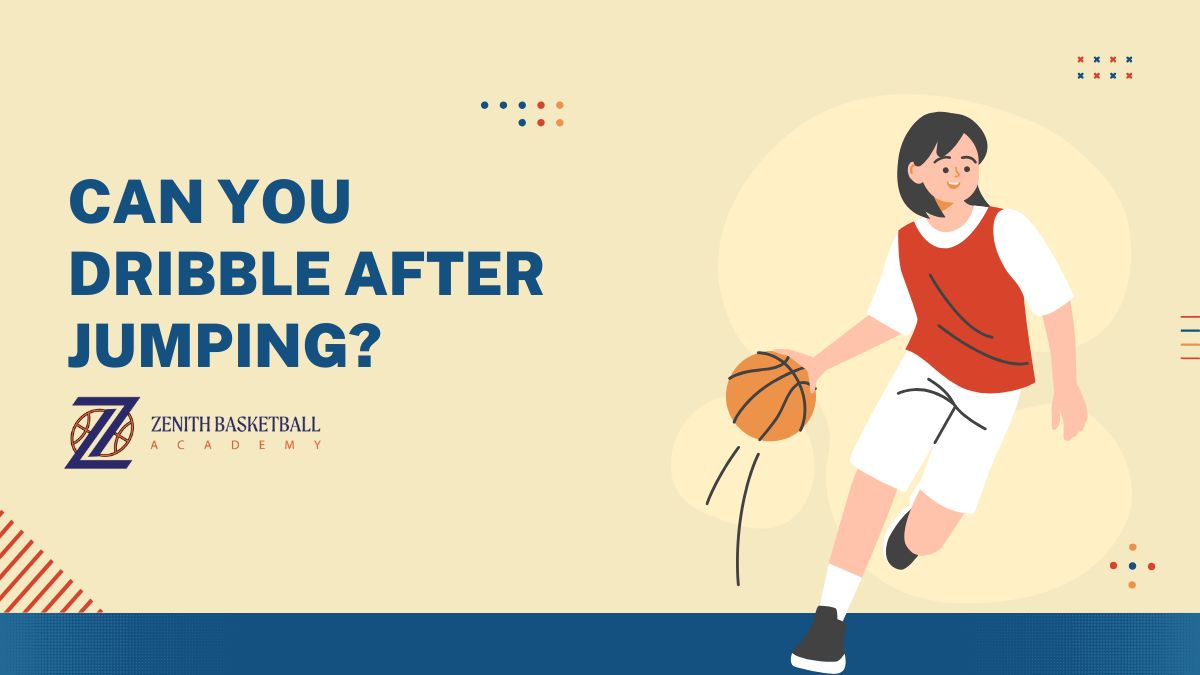
Teaching Kids the Right Way
At Zenith Basketball Academy, we simplify the answer to “can you dribble after jumping?” by using practical drills. For example, we run scenarios where kids catch the ball, jump, and must quickly decide whether to shoot or pass before landing. This reinforces correct habits while keeping sessions fun. Mistakes happen, but our coaches turn those mistakes into teaching moments—because learning through action sticks better than just listening to the rules.
Common Mistakes to Avoid
The most frequent error is when kids catch the ball, panic, and jump without a plan. Another mistake is attempting to restart a dribble after stopping, which referees will always call out. To prevent this, we teach players to stay calm, keep their dribble alive as long as needed, and avoid picking up the ball unless they know their next move. As explained in our article Why Do I Keep Losing My Dribble?, ball control is as much about decision-making as it is about hand skills.
Why It Matters for Skill Growth
Learning not to dribble after jumping helps kids focus on situational awareness. Instead of relying on risky moves, they learn to anticipate defenders, use pivots, and make smart passes. This builds their basketball IQ, which is crucial for anyone aiming to advance to higher competitive levels. In many ways, knowing what not to do is just as important as learning flashy moves.
The Role of Pivoting in This Context
If you can’t dribble after jumping, what can you do? The answer is pivoting. Players are taught to land on one foot (the pivot foot) while keeping the other free to turn and face options. This technique gives them time to scan the floor without committing a violation. As we explored in How To Practice Pivoting, pivoting is one of the most underrated yet vital skills in basketball, and it often saves players from tricky situations.
Singapore Case Study: Rule Awareness in Youth Basketball
A 2023 study from Sport Singapore noted that rule comprehension in young athletes directly influenced performance outcomes in competitive settings, reducing unnecessary turnovers and fouls by up to 25%. This shows why academies like ours emphasise not just skills but also the rules behind them. Understanding nuances such as why you cannot dribble after jumping ensures kids grow into confident and game-smart players.
Coaching Philosophy at Zenith
Our coaching team believes basketball rules shouldn’t feel restrictive—they should inspire creativity within structure. When kids understand why they can’t dribble after jumping, they stop seeing it as a limitation and start using other tools like pump fakes, pivots, and sharp passes to outsmart defenders. This transforms a potential frustration into a chance to expand their basketball toolkit.
Final Thoughts
So, can you dribble after jumping? The answer is no—but that “no” opens the door to smarter, more strategic play. By teaching kids when to dribble, when to pass, and when to pivot, they learn to think fast and play fair. At Zenith Basketball Academy, we specialise in breaking down these essential lessons in a way that kids enjoy and parents appreciate. If you want your child to build confidence, skill, and basketball IQ, join our programs and let us guide their journey.
Click on the link to find out more about Zenith Basketball Academy’s lesson package. Chat with our head coach today!
About Zenith Basketball Academy
Private Basketball Lessons
Kids Basketball Lesson
Group Basketball Lessons
Whatsapp Us
Gallery




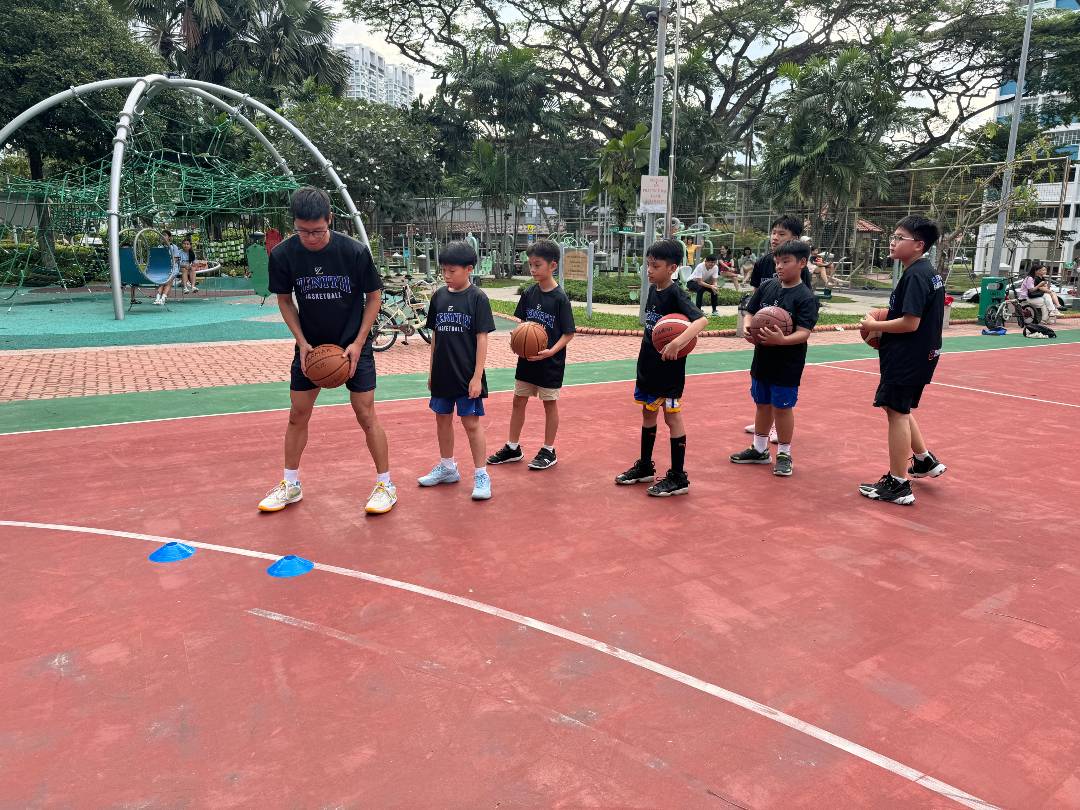


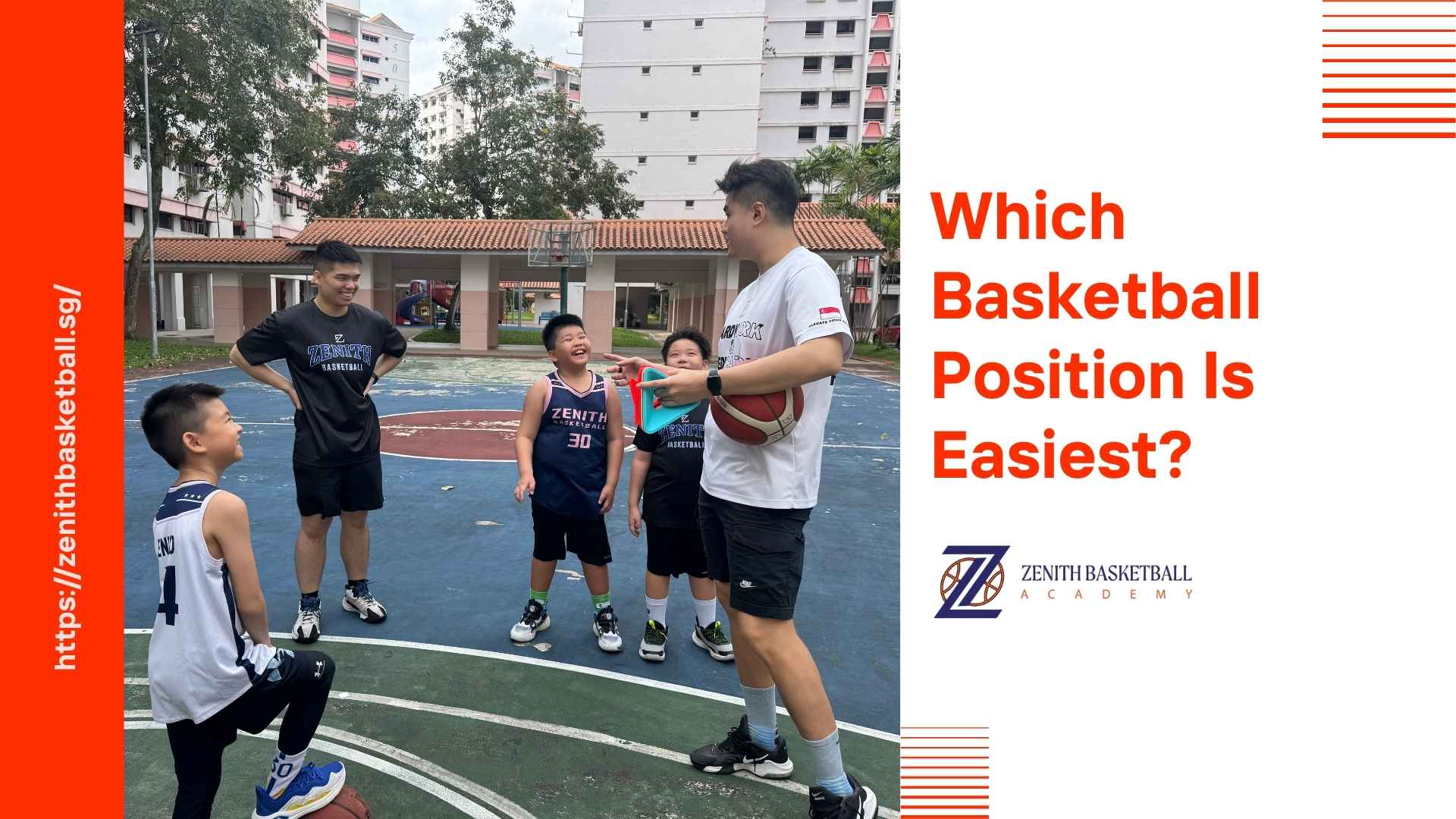
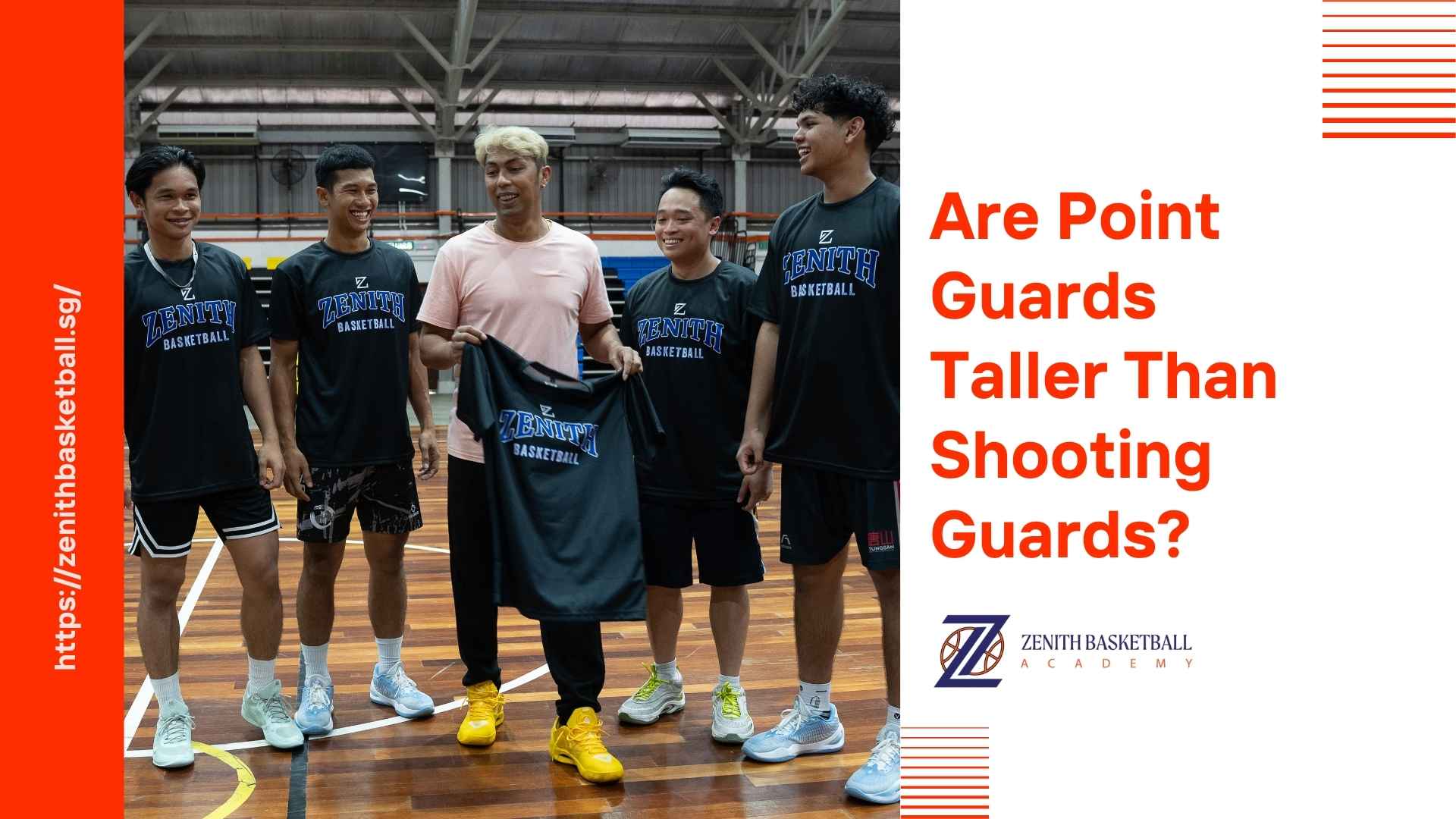
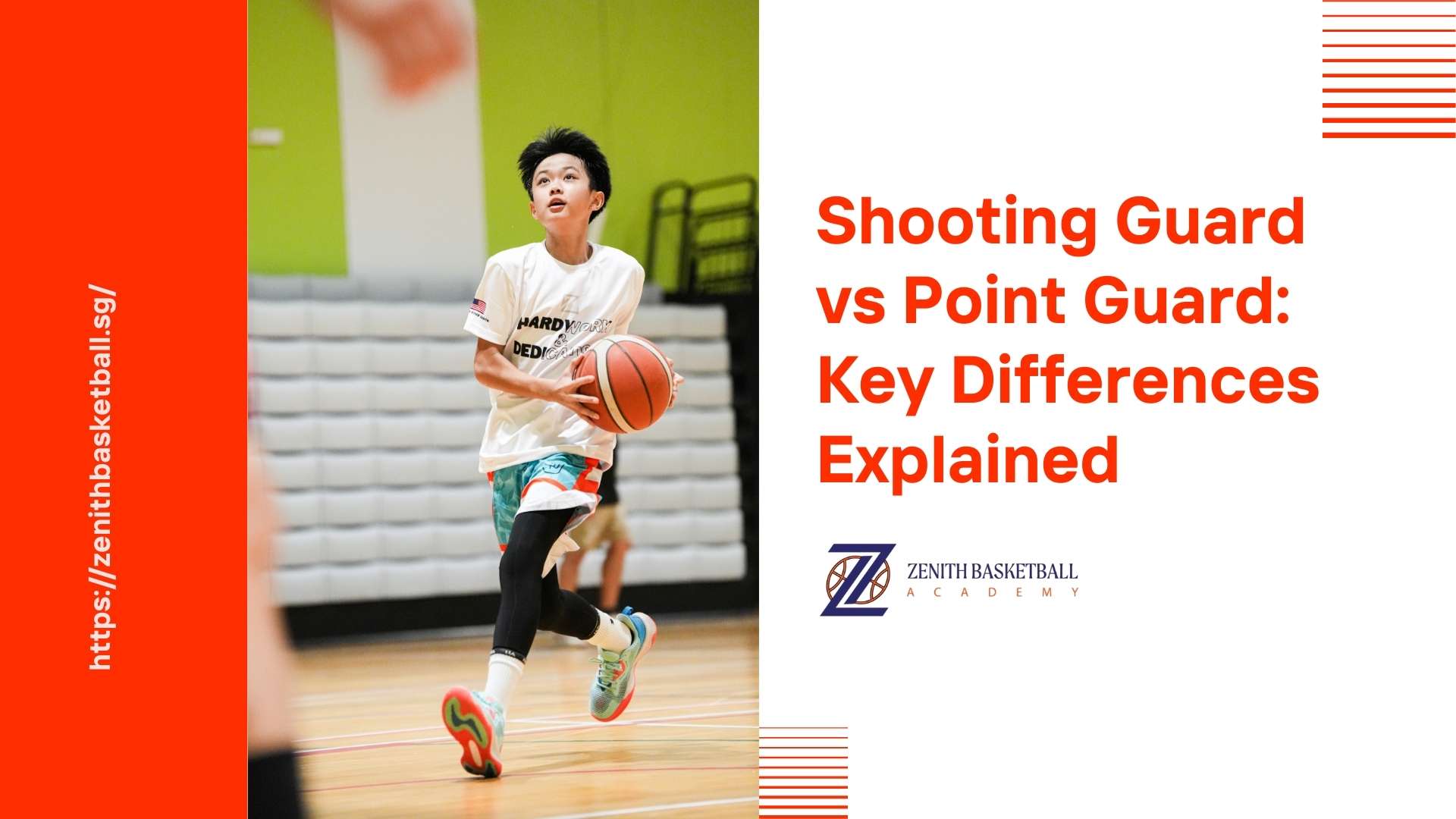
1 Comment
[…] machine. Basketball, however, isn’t far behind. Because of its explosive movements—sprints, jumps, and defensive slides—it often burns a similar range in a shorter time […]